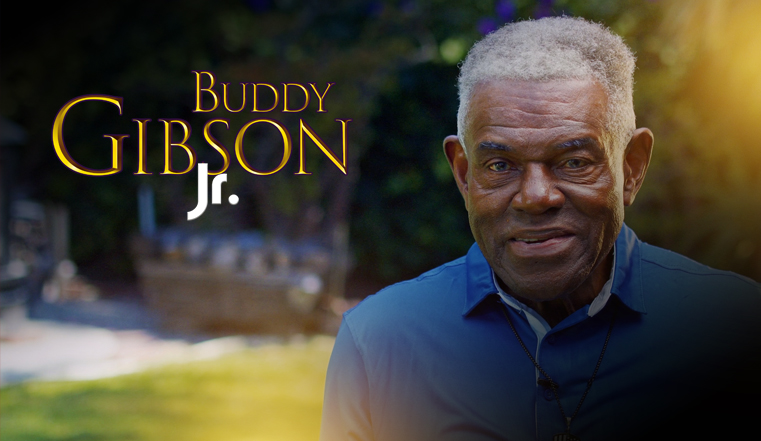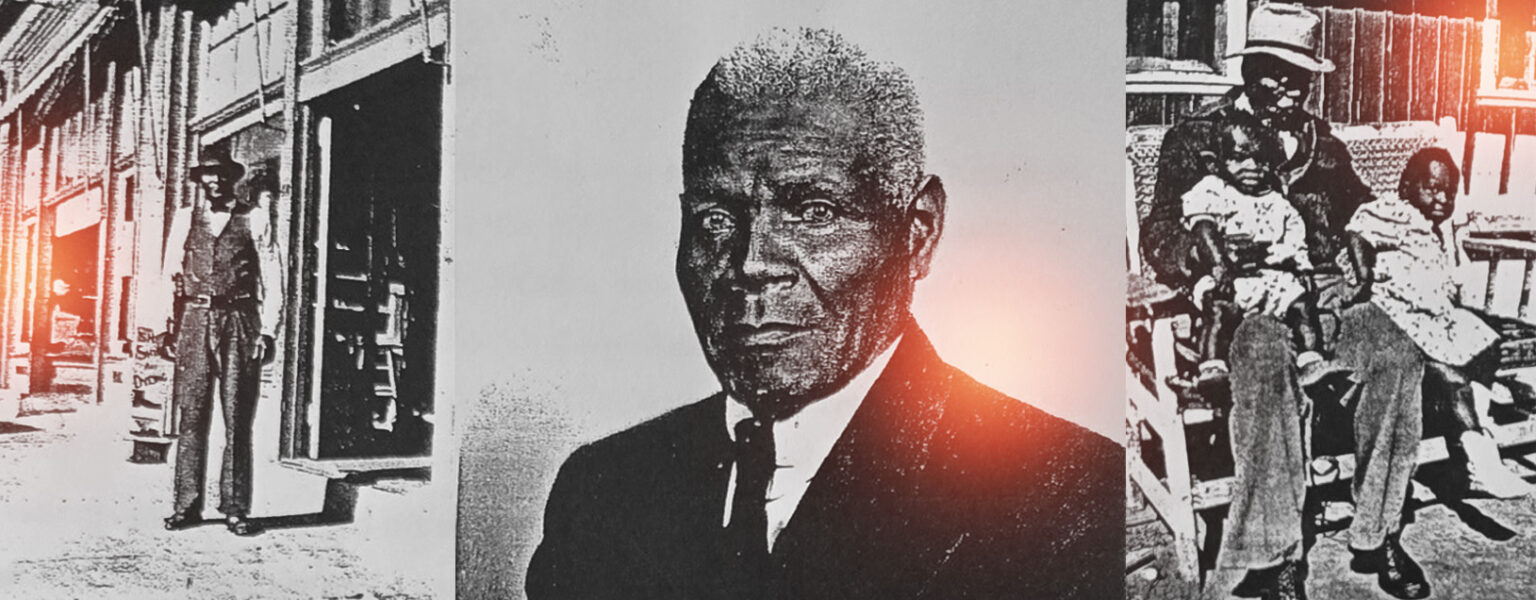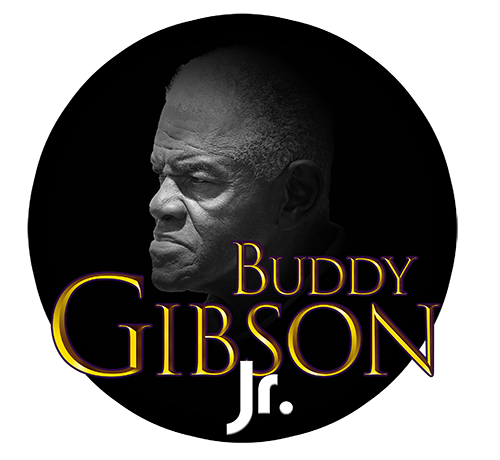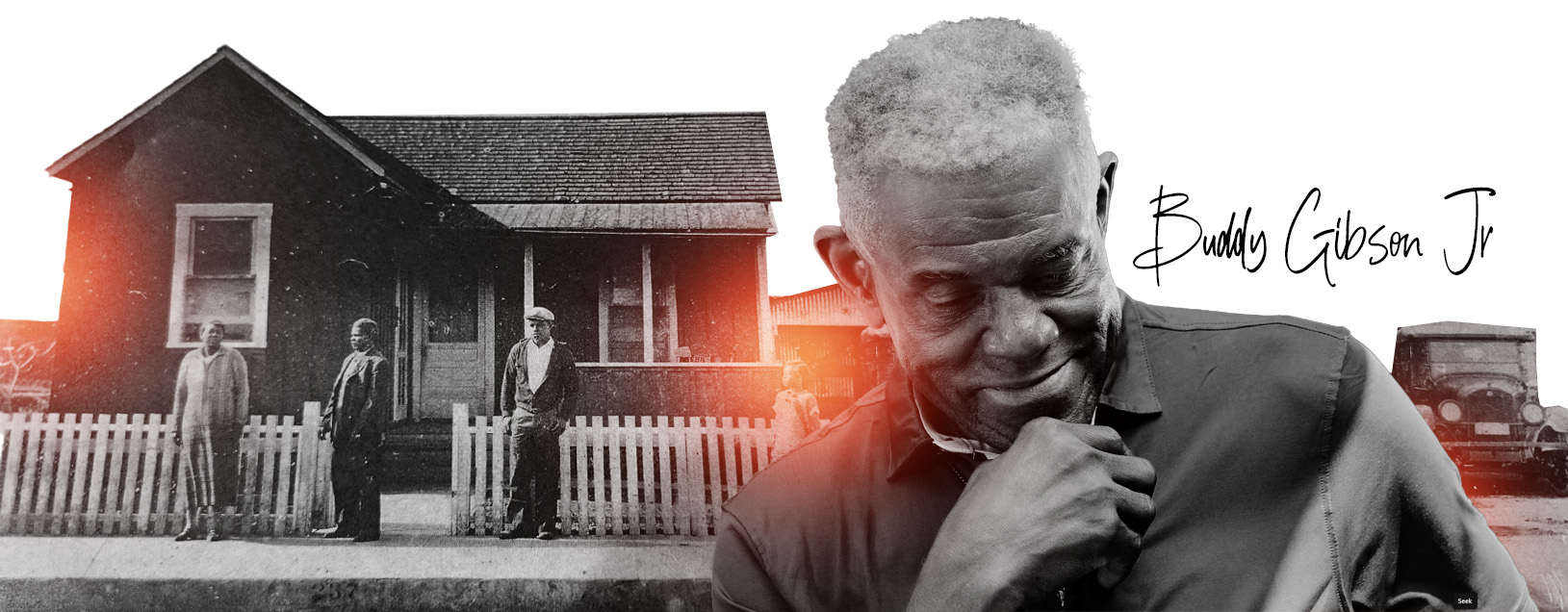
LeRoy (Buddy) A. Gibson Jr.
Local historian & musician
Buddy grew up in San Buenaventura (Ventura), California, specifically in an area known as “The Negro Quarter,” part of the multicultural neighborhood called Tortilla Flats. His storytelling serves as a tribute to Ventura County’s lesser-known African American history, ensuring that the contributions and stories of his community are recognized and remembered.
Preserving Local History
Through firsthand narrative and detailed recollection, Gibson captures a piece of Ventura County’s cultural heritage—especially significant given how little has been formally documented about the African American community there.
Authentic Perspective
The memoir stands out for its blend of scholarly research and personal memory, offering a deeply rooted human account of historical and social dynamics in Southern California.
Inspiration & Identity
For readers connected to Ventura or interested in African American history, Buddy’s story offers both inspiration and a deeper understanding of how family values and resilience shape generations.
“Grandpa Bill”
I will start with my grandfather: “Grandpa Bill” birth name was William Andrew (Bill) House, born in Marion Junction Alabama Nov. 25, 1869, he was one of seven children born to (Pierce H. House and Rebecca Foultz) of Faulkner Arkansas.
William House relocated in the late 1800s at the age of 20+ came to Valverde, CA where many of the (Black Buffalo Soldiers) were after the Siver War era. Many homesteaded, owners of small Ranches and Lands located just off the far East end of Santa Barbara California Coast. Ventura, County was Incorporated in 1866. In the mid-1900s my hold family and extended families would meet at Valverde every 4th of July for the family to get to gathering and celebrations for many Years.
Before Southern end of Santa Barbara, CA included San Ban Buenaventura. My grandpa told me what he knew about Politics, and the Racism painted a very dark pitcher of dark ages on the horizon . . . He talked about many people of color was to being called out of their names, and the dividing of class identifications, being treated differently than others that don’t have the same skin color as they do?
Here’s a little sample of what my grandfather went through most of his life. What could others be thinking of who or what was he as a human? . . . Back in his time he had to fit somewhere.

“Back to Grandpa Bill”
From Valverde California he headed out to the coastal lands of Santa Barbara – Montecito, California where he worked on the ranches as a “Crop-picker, Cowboy and Range Rider” herding cattle, sheep, and goats on drives along the eastern coastline of Santa Barbara down to the middle of San Buenaventura main Street dressed in full rodeo attire, including hat and holstered.
Many years later as his grandson I, (Buddy Gibson) drove a U.S. 155M Armored Tank right down the same centerline of Ventura main street in a celebrated parade . . . my hold neighborhood was so proud of me that day to see that . . . I will never forget hearing all the cheers and calling my given name “Buddy - Buddy - Buddy” . . . (Now how cool was that?).
My grandpa was a real cool stand-up man . . . YET he was also a very soft-spoken gentleman that didn’t believe in repeating himself, but once. He was also very intelligent and self-educated man that could speak 8 different languages, I found out later in life this was true, but no one could figure out where he mastered all these languages . . . All I could say was “Cool - Grandpa”? . . . It was known that he was asked to be in courts as a Translator for the courts in Ventura during the late 1800s and early 1900s. (This was his way of giving back to his Community with Service). After time went by Willam (Bill) House married Fannie (Steele) House in 1898 and they perched property 1918 . . . Fannie was 35 in San Buenaventura, California.
Between 1898 and 1915 they had 7 siblings ( 2 ) Sons and ( 5 ) daughters, all born in San Buenaventura, CA the first born was a African American female, “Cerisa House” 2qin 1898 and the last born was an African American female, Ruth L. House in 1915, married LeRoy Gibson, Sr. (my mother) a well-known throughout Ventura County as the founder of the 20th Century Onyx Women Club of California.
I can remember the first time Grandpa Bill held me with his very straight eyes fixed on just me, and after that, I knew we would be best friends for life . . . However, Grandpa Bill went to Heaven when I was 10 years old in 1948. When I was born, he planted a Fig tree on the side of our home, close to our garden area and he said if you ever needed me just go to the big “Fig Tree” and we can talk . . . as I grew older, we would talk a lot.
Grandpa Bill would take me for a little walk 3 times a week and tell me true stories of many things, some I could understand and other things I didn’t know what he was trying to tell me, but someday I will be old enough to figure it out. He would tell me about what he had to go through and if I kept my eyes on the ball everything would come out O.K. and here, we all are, trying to tell true history in real time that was lost or hidden from public view.
William A. House came along when it was very hard on people of color, especially for Black families to make a living or even live in the Ventura County in peace do to the ongoing racism towards the local indigenous Chumash Indian, African-Mexicans, African Americans , Chinese, and all other non-White by design to be rank at the lowest classes to exist that would keep all in place in line of privity.
This period was at its highest point in the late 1800s and mid 1900s were most troubles and hardships happening to most people of color with finding Jobs, Housing, and schools. One cannot forget the time frame of the Suttle Rejection in downtown restaurants and stores and finding affordable housing. But we all made it through, we rebuild our homes and businesses, introduced great entertainers and scholars, and most of all we had each other. The great rising of the “Tortilla Flats community” and the enter development of the “Negro Quarters” within, and other known local pioneer families” was the best thing that could ever come out of the local landscape in Ventura in the 1950 and 60s era . . . Yet it is no longer there to see, but the memories will last in our hearts and mines forever.
I miss my grandpa, I miss our little talks and walks, but here I am, steel standing, and carrying the family torch and the flame is still burning.

